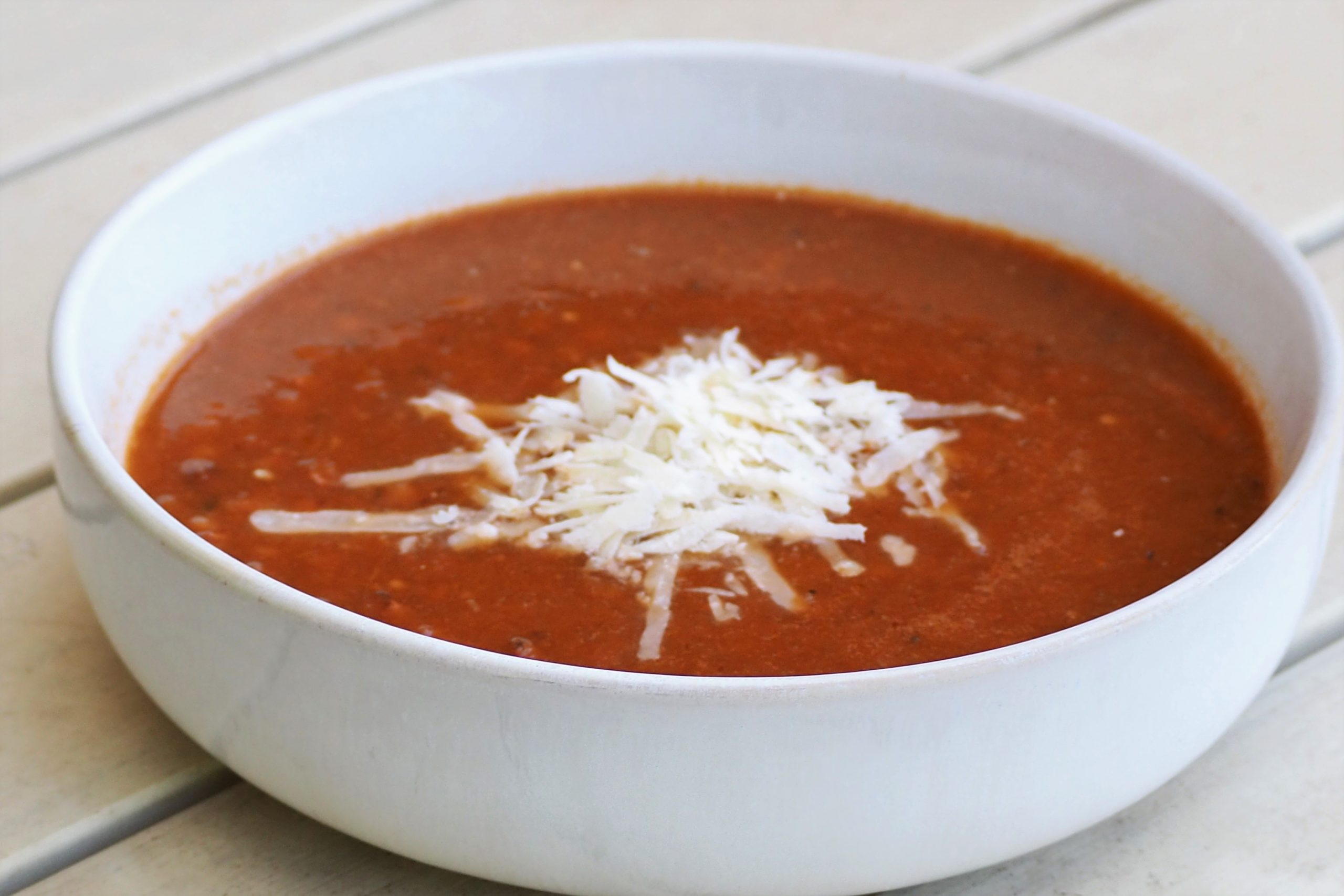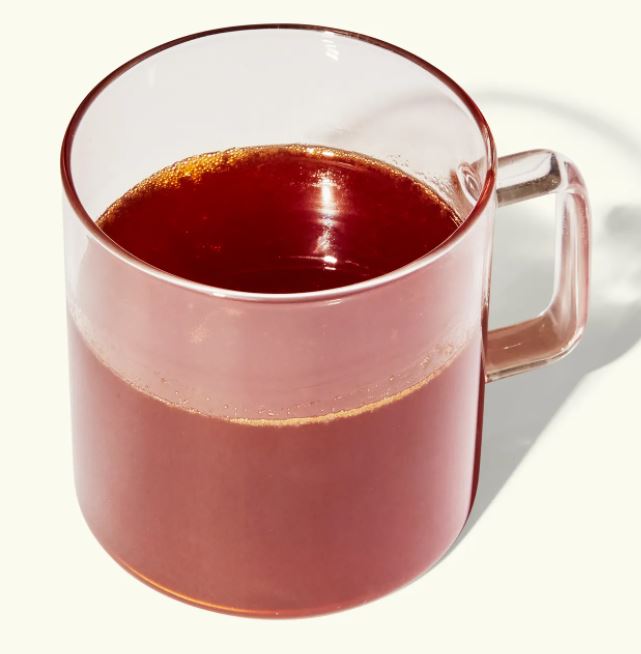Fruits and vegetables are an essential part of a treatment diet plan, as they provide the body with many essential nutrients including vitamins, minerals and the phyto-chemicals (fight-o-chemicals). The most benefit comes from eating as many different varieties as you can, and the darker and richer the colour, generally the higher the level of these phyto-chemicals.
This means throwing extra dark green leafy vegetables into pastas dishes, stews, in omelettes and my kids never notice when I put grated zucchini or courgette in their brownies. Red fruits such as frozen berries work well in crumbles, smoothies and mixed with meringues.
Here are some other ways to boost intakes of fruit and vegetables:
- Add some fresh fruit or dried fruit to your cereal in the morning eg sultanas and banana go well on porridge, as does a handful of blueberries.
- Include a piece of fresh fruit as a morning or afternoon snack. Banana is easy to grab as you are walking out of the door and remember to put a couple of pieces of fruit in your bag before you leave home. It’s also an idea to keep some dry fruit in the car or in your bag. I suggest the organic apricots which are dark in color.
- Always add lots of salad to your sandwich or have a salad at lunch. This is easy with ready-prepared bags of leafy green salad. A handful of rocket gives a fresh, peppery taste to any salad or sandwich.
- Enjoy a hot cup of vegetable soup for lunch or as a snack. If you are unable to prepare these yourself, try out some of the supermarket options. There are some lovely varieties of soups in the chill section and the old canned soups can work as well.
- Fill your plate with at least two to three colours of vegetables in the evening. If you are not eating as well as you normally do, then you can fork mash these or blend them. (Pureed carrot and swede with butter are particularly nice, maybe with a teaspoon of sugar and a squeeze of lemon juice.)
- Keep some frozen or canned fruit in the cupboard to add to recipes or puddings (eg tinned peaches or apricots in lime jelly.)
- Visit the local markets to pick up some seasonal fruit and vegetables or organise a regular delivery of a seasonal box.
- Adapt your recipes to include more vegetables or fruit. Eg Bolognaise sauce is good with grated carrot, courgettes, aubergines and a small can of kidney beans. Add extra vegetables to stews such as peas, carrots and swede. Try something different like a vegetarian curry and add chickpeas.
- Grill some Mediterranean vegetables like red and green peppers, aubergines, asparagus, artichokes and drizzle with a little olive oil (a good way to boost the energy content of your foods)
- Dry roast a selection of starchy vegetables such a sweet potato, parsnips, butternut squash, swede, celeriac etc
- Include lots of the Brassica family of vegetables such as broccoli, cauliflower, cabbage, brussel sprouts. However, if your treatment is causing bowel problems it may be best to limit these foods.




